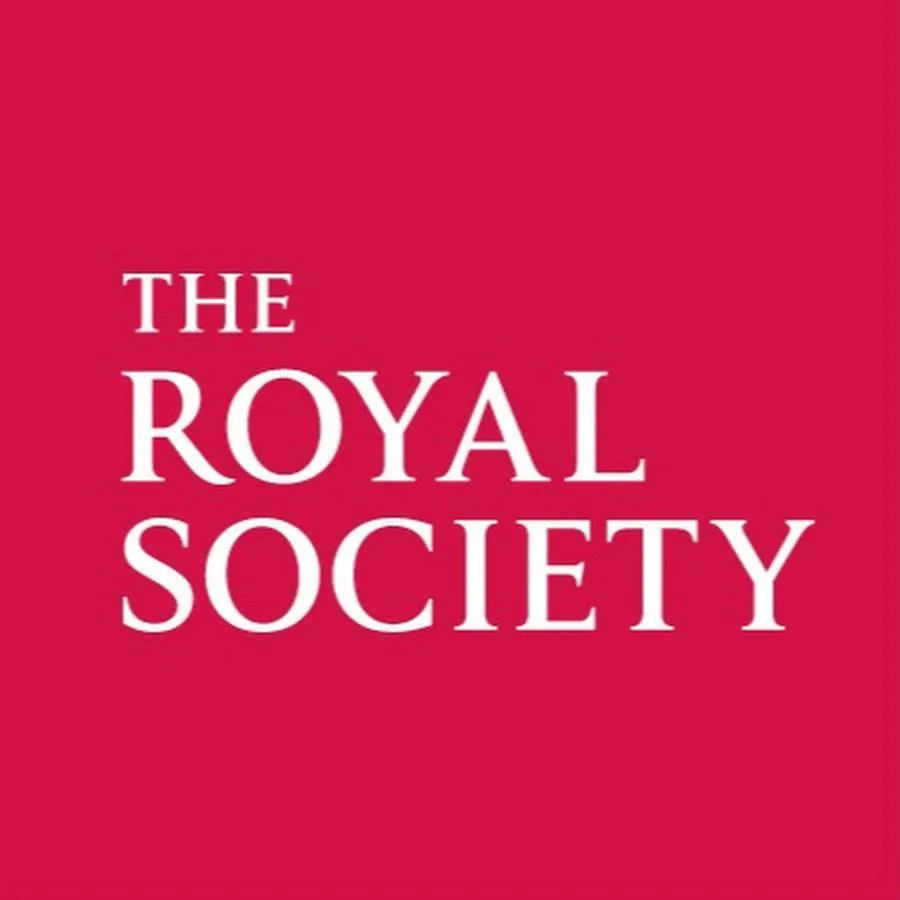The Mischo Lab studies how gene expression can be controlled through the modulation of transcription termination.
Gene expression patterns are classically thought to be decided at the level of messenger (m)RNA transcription initiation. However, in budding yeast, mRNA fate and therefore gene expression is equally affected by the choice of different transcription termination mechanisms. Influenza A virus (IAV) inhibits host-mRNA transcription termination, which blocks changes to gene expression and so counteracts cellular antiviral defence-mechanisms. Using both IAV infected cells and budding yeast, we investigate how the modulation of transcription termination activity is used to enhance the plasticity of our transcriptome from yeast to man.


